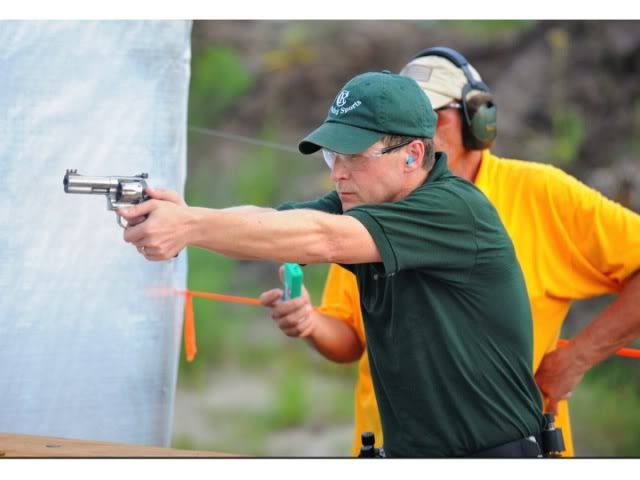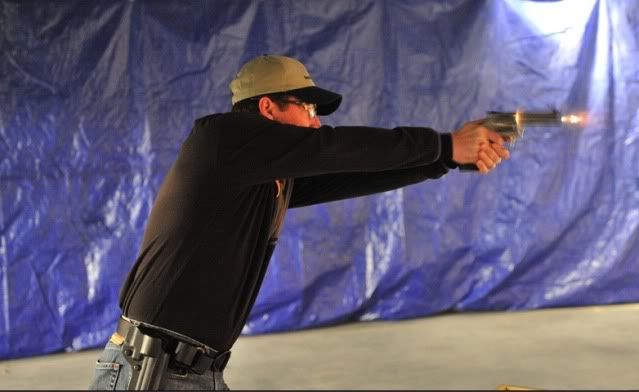Pond James Pond
New member
I've been looking at stance photos and had some unsolicited (although not unwelcome) advice at IPSC matches.
I usually shoot with my elbows locked out in front of me and a fairly symmetrical stance, so I guess that is something akin to the isoceles stance that I've read about. Having said that I've never had any formal training. Some shooters at competitions advised me not to lock my elbows, thus helping absorb recoil.
On the other hand, I've seen countless videos and stills of shooters with the elbows well and truly locked straight, presumably to aid with a steady aim and rigid frame to hold the gun steady.
So which and why?
I usually shoot with my elbows locked out in front of me and a fairly symmetrical stance, so I guess that is something akin to the isoceles stance that I've read about. Having said that I've never had any formal training. Some shooters at competitions advised me not to lock my elbows, thus helping absorb recoil.
On the other hand, I've seen countless videos and stills of shooters with the elbows well and truly locked straight, presumably to aid with a steady aim and rigid frame to hold the gun steady.
So which and why?




